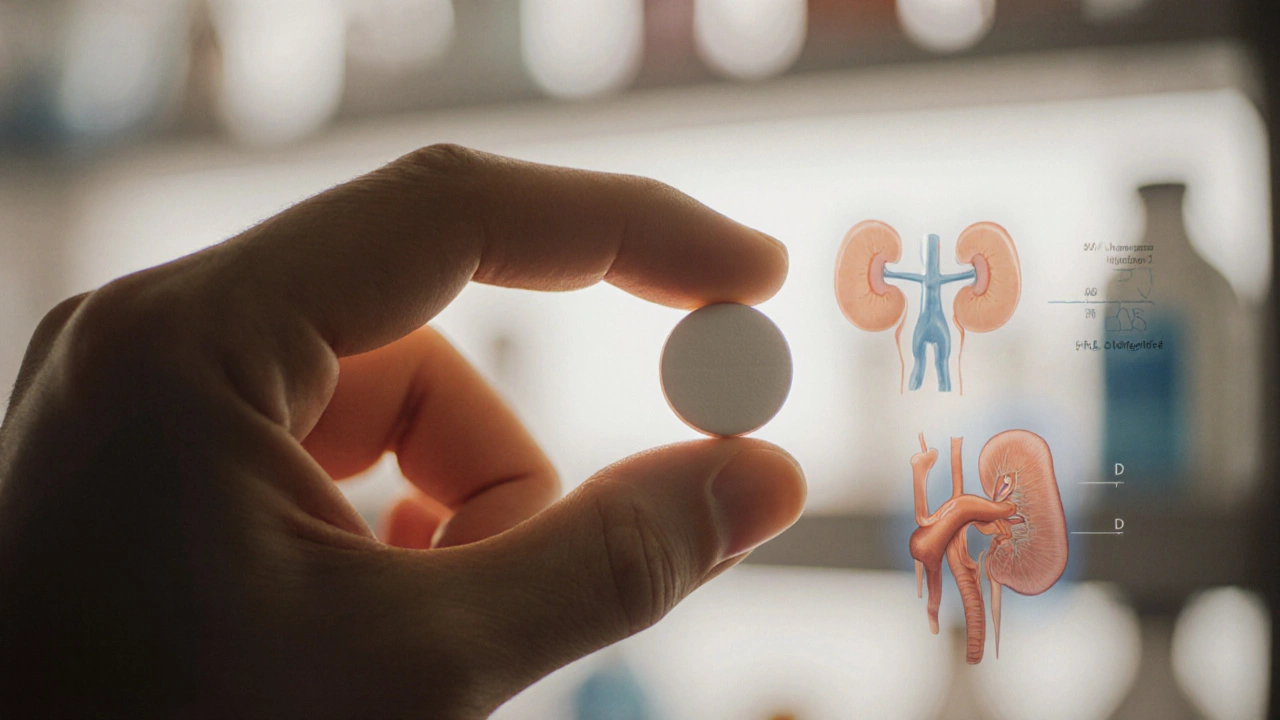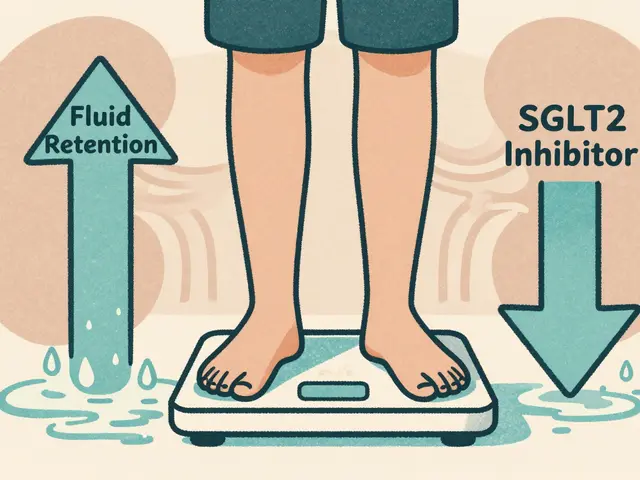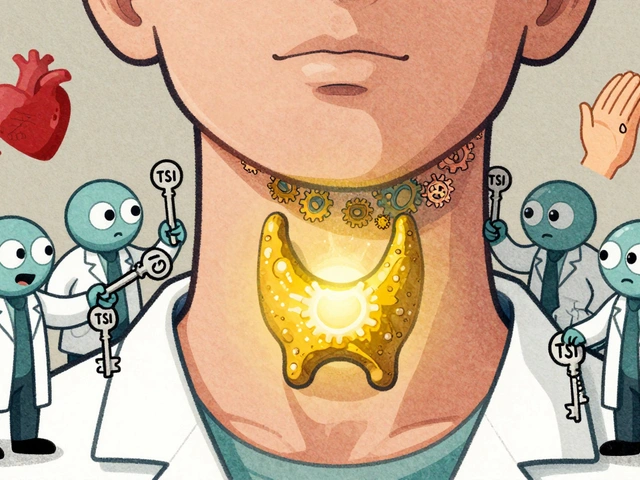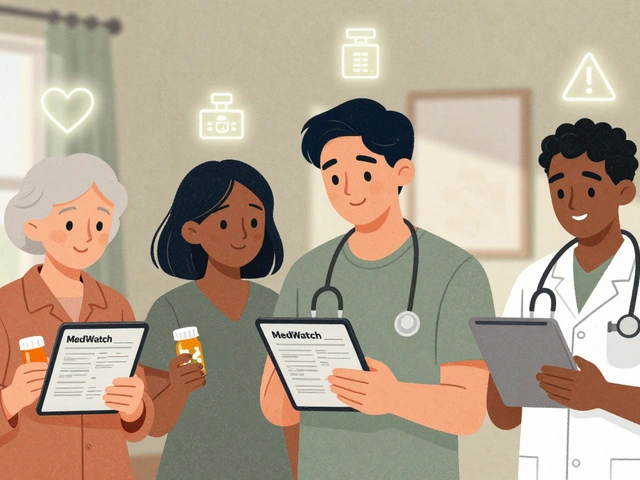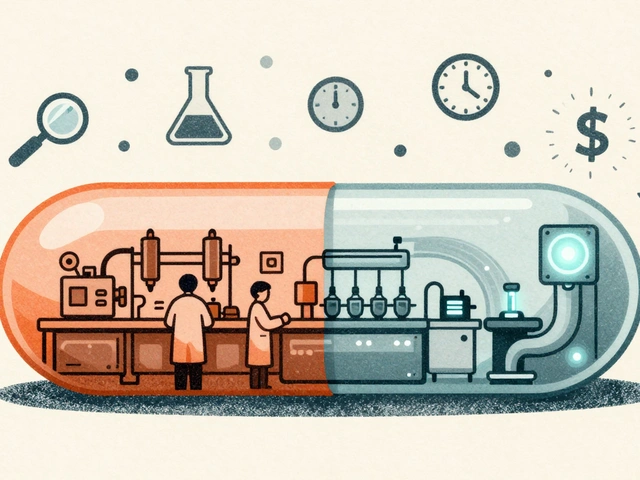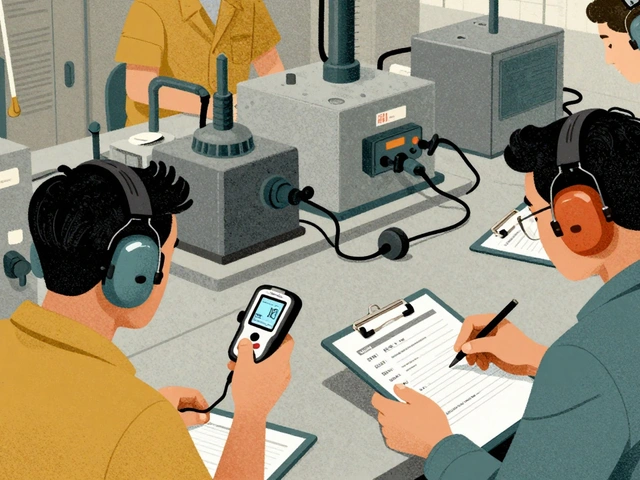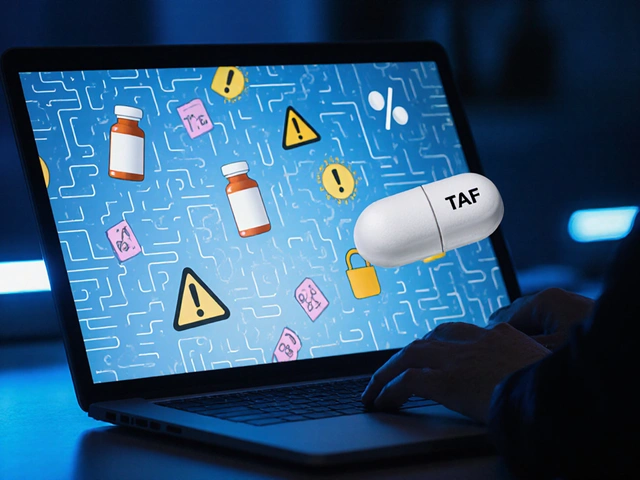Hydrochlorothiazide – Uses, Side Effects, and Buying Guides
When working with Hydrochlorothiazide, a thiazide diuretic used to lower blood pressure and reduce fluid retention. Also known as HCTZ, it helps the kidneys excrete excess salt and water, easing strain on the heart and vessels. Hydrochlorothiazide appears in countless prescriptions, so understanding how it fits into everyday health plans can save you time and trouble. If you’ve ever wondered why doctors pair it with other drugs or why blood tests are ordered after you start it, you’re in the right place.
How It Works and Who Benefits
Thiazide diuretics, a class of medications that includes Hydrochlorothiazide are often first‑line for hypertension, persistent high blood pressure that raises heart disease risk. By blocking sodium reabsorption in the distal tubules, the drug prompts the body to lose water, which drops the volume of fluid that the heart has to pump. The same water‑loss effect makes it useful for edema, fluid buildup often seen in heart failure or kidney disease. Because the mechanism is straightforward, doctors can predict the blood‑pressure drop and adjust doses quickly, making it a reliable tool in many treatment plans.
One trade‑off of that water‑pulling action is electrolyte shift. Hydrochlorothiazide can cause potassium loss, leading to muscle cramps, fatigue, or irregular heartbeats if not monitored. Some patients also notice a rise in uric acid, which may trigger gout flare‑ups. Common complaints include increased urination, mild dizziness, and occasional dry mouth. Knowing these risks ahead of time lets you watch for warning signs and talk to your clinician about potassium‑rich foods or supplements if needed.
Because it changes electrolyte balance, Hydrochlorothiazide interacts with several other meds. Combining it with other blood‑pressure drugs, like ACE inhibitors or ARBs, can boost the overall effect, sometimes too much. NSAIDs may blunt its diuretic action, while certain antibiotics (e.g., quinolones) can heighten the risk of tendon problems. Always give your pharmacist a complete list of prescriptions and over‑the‑counter products; a quick check can prevent unwanted side effects.
The drug comes in tablet strengths ranging from 12.5 mg to 50 mg, and many pharmacies offer a generic version that matches brand‑name quality at a lower price. For patients who need a finer dose adjustment, a low‑dose 12.5 mg tablet is useful when starting therapy. Some combination pills pair Hydrochlorothiazide with an ACE inhibitor or a calcium‑channel blocker, simplifying daily regimens for people who struggle with multiple pills.
If you’re considering buying Hydrochlorothiazide online, stick to licensed pharmacies that require a valid prescription. A trustworthy site will display a pharmacy registration number, offer a pharmacist‑available chat, and show clear pricing without hidden fees. Compare a few reputable providers, but never sacrifice verification for a lower price. Remember, a counterfeit pill can be ineffective or dangerous, so double‑check the pharmacy’s credentials before you click “order”.
After you begin treatment, doctors usually order blood tests within two weeks to check sodium, potassium, and kidney function. Follow‑up appointments help fine‑tune the dose and catch any electrolyte abnormalities early. Lifestyle tweaks—like reducing salty foods, staying hydrated, and monitoring weight—can enhance the drug’s effectiveness and reduce side‑effects. Keeping a simple log of blood‑pressure readings and any new symptoms makes the next doctor's visit smoother.
Below you’ll find a curated list of articles that dive deeper into buying tips, side‑effect management, and how Hydrochlorothiazide compares with other blood‑pressure options. Whether you’re a new patient, a caregiver, or just curious about the latest price guides, these posts give practical steps you can act on today.
